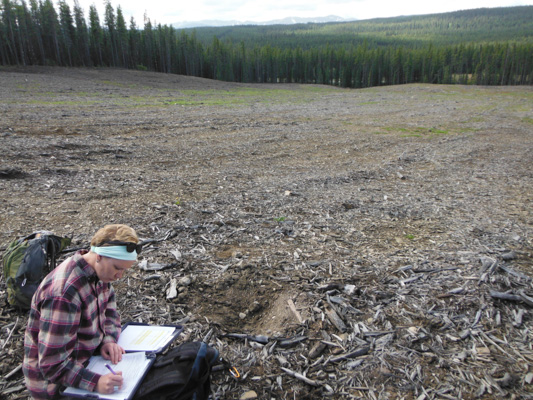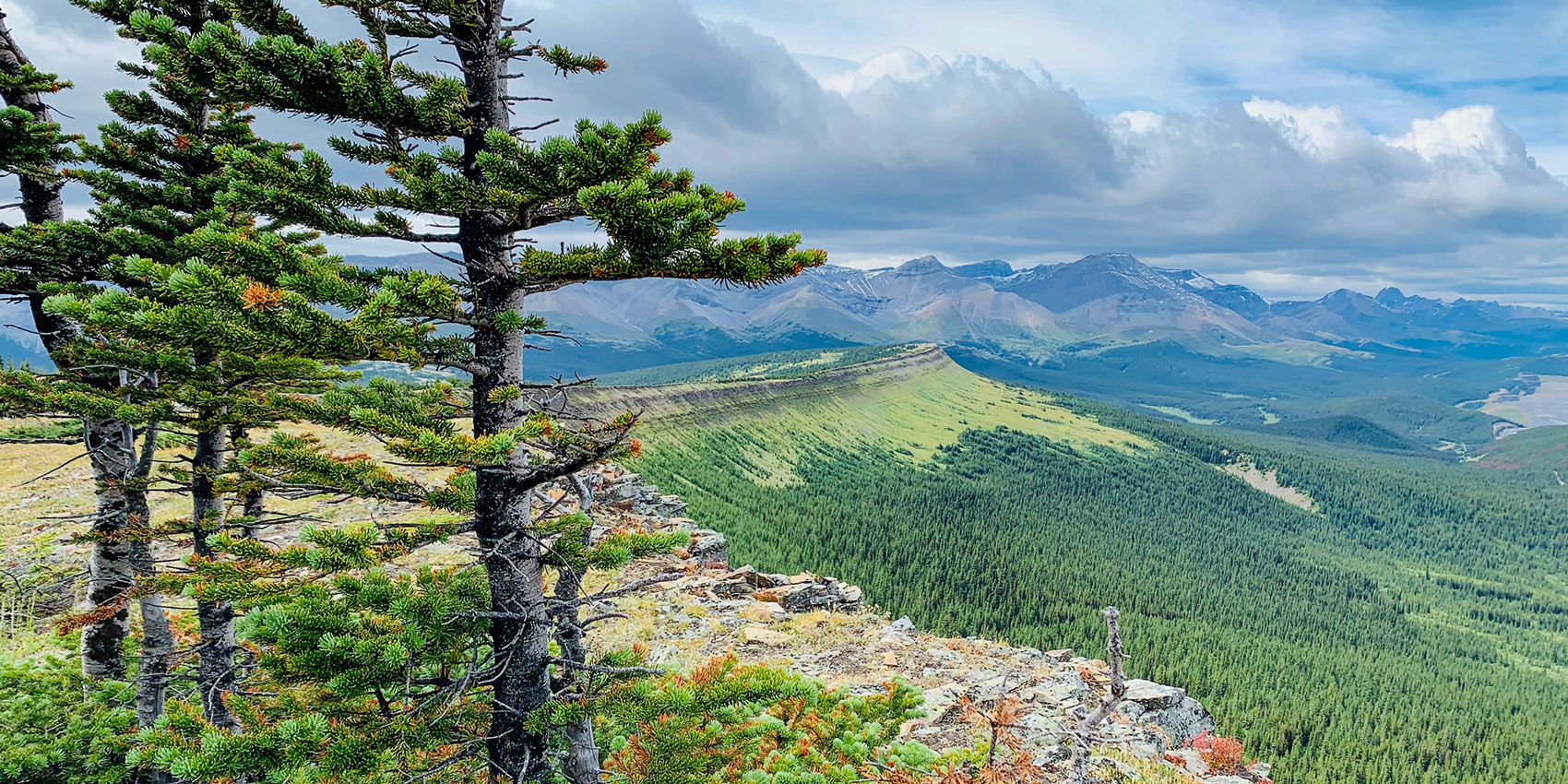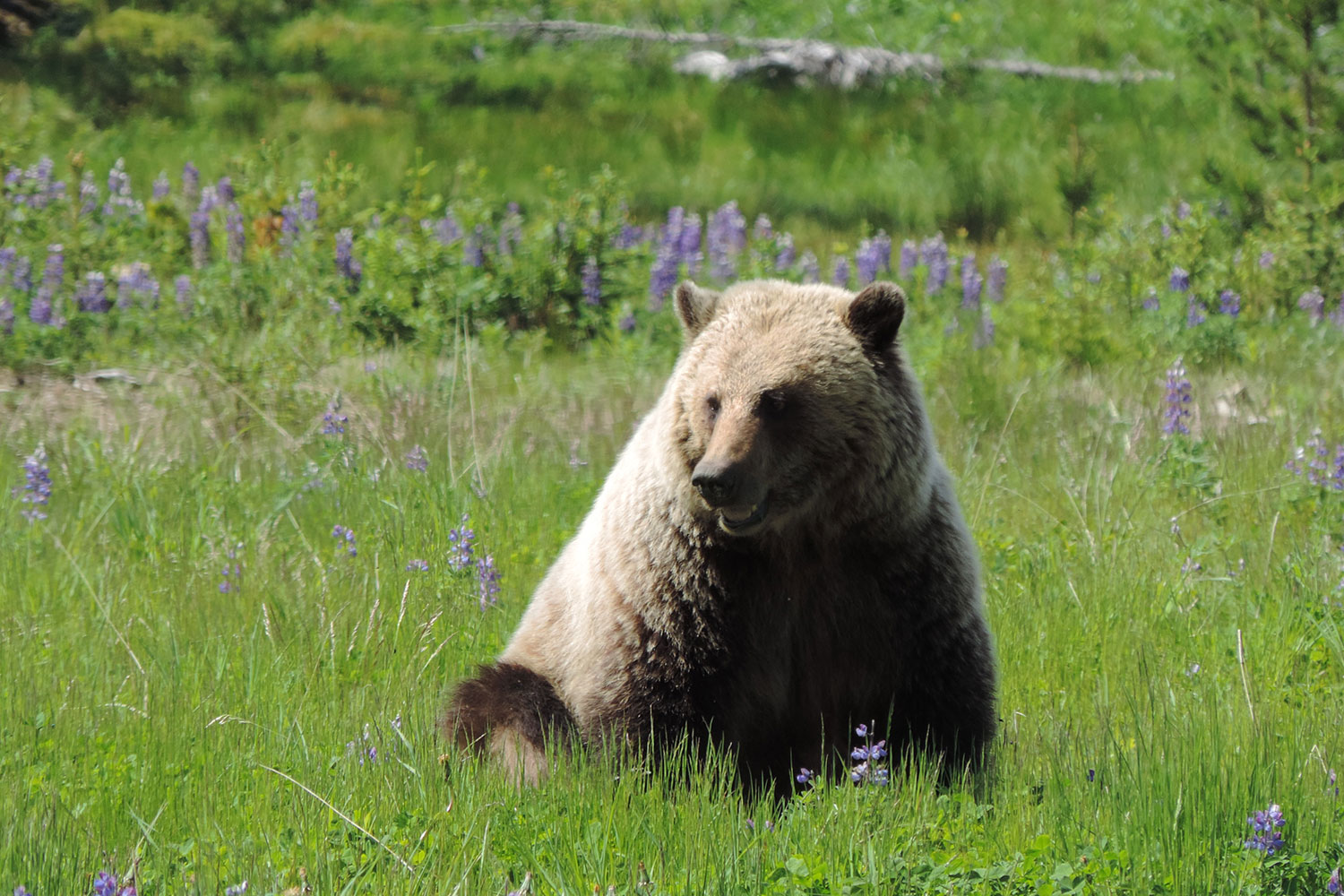
Article published in Ursus. Citation and abstract only.
Abstract
We used resource selection functions (RSF) to estimate relative probability of grizzly bear (Ursus arctos) use for habitats, landscape features, and areas of varying human access density across a 5,342-km2 study area in west-central Alberta, Canada. Models were developed based on 1999 data at both the population and individual levels for the spring and summer–autumn seasons. Individual-based RSF models revealed strong differences in selection among animals. Models developed for the summer–autumn season fit better than models of the spring season. High greenness values, derived from Landsat imagery, corresponded well with grizzly bear habitat use. Significance of parameters was frequently overestimated when using logistic regression models that were unadjusted for autocorrelation or pseudoreplication, both in individual-based models and in population-based models. Although not affecting predictability of bears at the individual-level, such biases may lead to inappropriate conclusions without adjustment. Population-based models further showed bias without correction for pseudo-replication within individuals (unit of replication). Consideration of variance inflation factors and nesting of telemetry points on the individual enhances the reliability of habitat modeling. We found problems predicting grizzly bear habitat use when local habitat index models were used. The RSF models presented here improve such models while also generating information on the contribution of particular environmental variables.
Citation
Nielsen, S. E., Boyce, M. S., Stenhouse, G. B., & Munro, R. H. M. (2002). Modeling grizzly bear habitats in the Yellowhead ecosystem of Alberta: taking autocorrelation seriously. Ursus, 13, 45–56. https://www.jstor.org/stable/3873186








